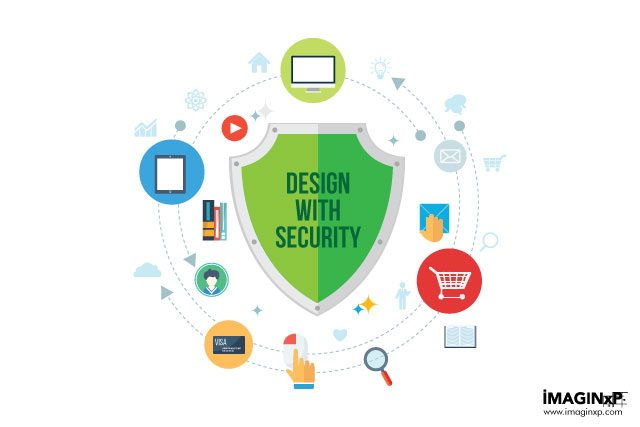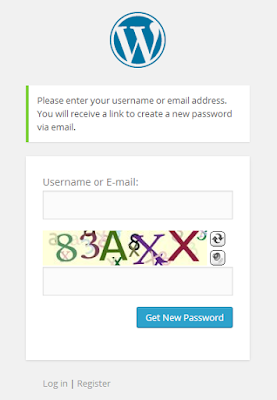What is content
strategy?
As a formal definition, we can say content strategy plans for
the creation, delivery, and governance of useful, usable content.
Imagine a situation where the content is utterly confusing. Will
it worth an amazing UX experience?
Well, the answer is a straight NO. Even if your designers burn their midnight’s
oil to deliver some aesthetically pleasing and functionally comfortable apps or
platforms, the poor content will completely kill the user experience and
satisfaction. Content Strategy is like a lady love to UX Design, who ensures
that UX efforts are actually paid off by being a great couple duo.
Principles of
content strategy
Content strategy generally
works on the five principles of – Core Strategy, Substance, Structure, Workflow
and Governance, as described by the framework of Melissa Rach, Vice President
of Content Strategy in Bain Traffic.
With core strategy in the
middle, substance and structure form the content components while workflow and
governance are the people side of the content framework.
Core Strategy:
It generally starts with
the core strategy which helps us to plan the content as per the business goals.
During this stage we create a macro view of the content keeping the business
ideas into perspective.
Substance:
Next we come to the
planning and execution of the content. It starts with substance, which deals in
detail about the messages, videos, text, picture that need to be implemented to
make sure the core strategy is fulfilling the business objectives.
Understanding the target users is very important to design the message
architecture in the lines of the user tones and interests.
Structure:
Structures stems out of
the information architecture phase of UX Design which focuses on how the
content need to organized, prioritized and visible in front of the users. This
structuring of the content determines which parts will be highlighted in front
of the users and which parts need to be a bit subdued from the user’s interest
and conversion point of view. You can check out Fortune Cookie UX Design to know how they conduct this stage for their clients.
Workflow:
In the third stage, we
enter into the people side of the content strategy which divides the
responsibility of managing the content and tools associated with it to
different people. It starts with the users and goes to the internal team explaining
the roles and responsibilities of each stakeholder to maintain the content
workflow.
Governance:
Finally governance implies
how the organization needs to map its policies and guidelines to the content
and evolve them as they grow.
Content Strategy and UX!
Typically content strategy
is not a part of the UX process; however a content strategist will ensure that
the UX design is speaking the ideas in a proper manner.
UX and content don’t need
to cling to each other, but they should definitely complement each other. The
design needs to be done in a manner that the user can relate with the substance
at one go. Similarly the content needs to be structured in a way which will
actually make the user experience more pleasing and seamless.













